Article first published November 2017, updated June 2019
Millennials have overtaken the baby boomers, and are now the largest generation in the US, according to Pew Research Center. This audience, consisting of those born between 1981 and 1997, is savvy. They grew up consuming media and are skeptical of many marketing efforts.
Some companies have prospered, but many marketers continue to struggle to connect with millennials in a meaningful way. If revenue and growth are the goals, then marketers need to have strategies for marketing to this group.
When writer Danny Dover was asked by Post Planner what he thought about marketing to millennials, he said,
“For businesses that don’t market to millennials, it might be the last mistake they make. Millennials, while certainly not perfect, are the future.”
If millennials are the future, then marketers need to plan accordingly. How can you do that? You can start by creating a millennial marketing strategy.
How do you market to millennials? 19 actionable strategies for marketing to millennials
Millennials have a lot of buying power right now. You can take advantage of that with the right game plan. To help you get started, here are 19 outbound marketing strategies that’ll change the way you present your brand, products, and/or service to the millennial generation.
1. Keep up with best practices in design.
Web design best practices can often be tricky to nail down, as they’re always evolving, and tech-savvy millennials are at the forefront of that evolution. Don’t fall behind them. Schedule regular assessments and updates at least once a year.
We recommend bookmarking DesignBetter.co, a new project from InVision. DesignBetter.co stays up to date with podcasts, interviews, and insights on best design practices from the world’s top design leaders.
2. Go minimal.
Minimal is always better when you’re marketing to a millennial. Get to the point quickly because, once their attention is lost, they’ll close your app, exit the browser tab, or, worse, unfollow you.
Think of a brand like Google. There’s nothing too flashy about the Google brand or any of their products, yet people flock to them in droves. Their focus is on a clean interface that lends itself well to a superior user experience, and their brand messaging is short, quick, and friendly.
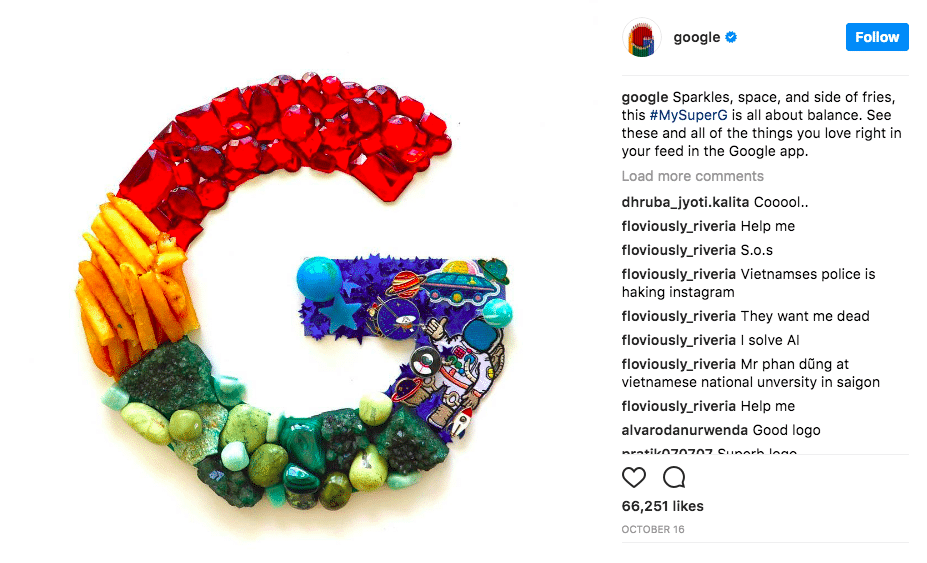
3. Get responsive.
A 2016 Bank of America survey found that 39% of millennials spend more time with their smartphones than with the people in their lives.
If you want to make a good first impression with your marketing landing page, you better ensure it’s responsive. Whenever you send outbound marketing messages, be sure to consider how they look across devices.
4. Make your content scannable.
Because millennials spend so much time with multiple devices all day long, they’re used to shortcuts. Sadly, this means they don’t take much time to read through everything you give them. So your content should cater to this through:
- Shorter sentences and paragraphs
- Bullet points, numbered lists, and other formatting “breaks”
- Header tags for easy scanning
- Less copy and more images that convey your story
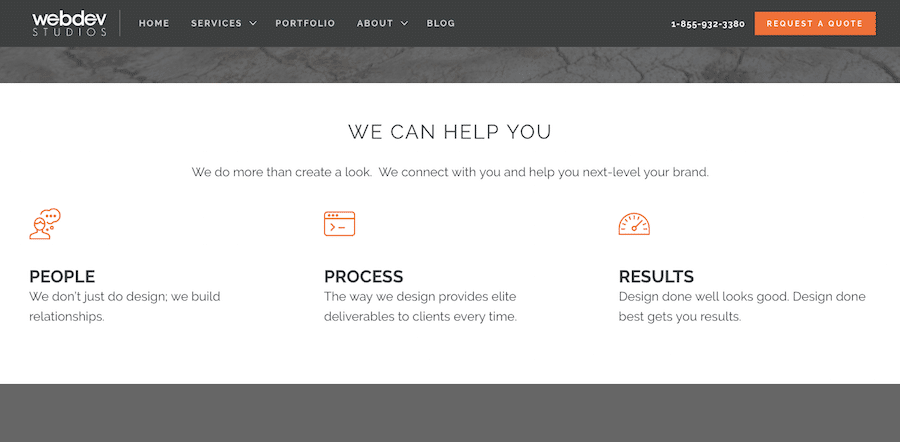
5. Keep it casual.
Matthew Manos of VeryNice.co summed it up well when he said, “This isn’t the Mad Men era… you can’t put a clever line on a poster and expect my generation to read it—instead, you need to initiate a conversation and talk with us, not at us.”
Slack is a great example of a company that uses a casual, approachable voice in their branding. Their software allows teams and groups to quickly connect through chat, and their friendly messaging is reminiscent of just that—chatting with a team member.
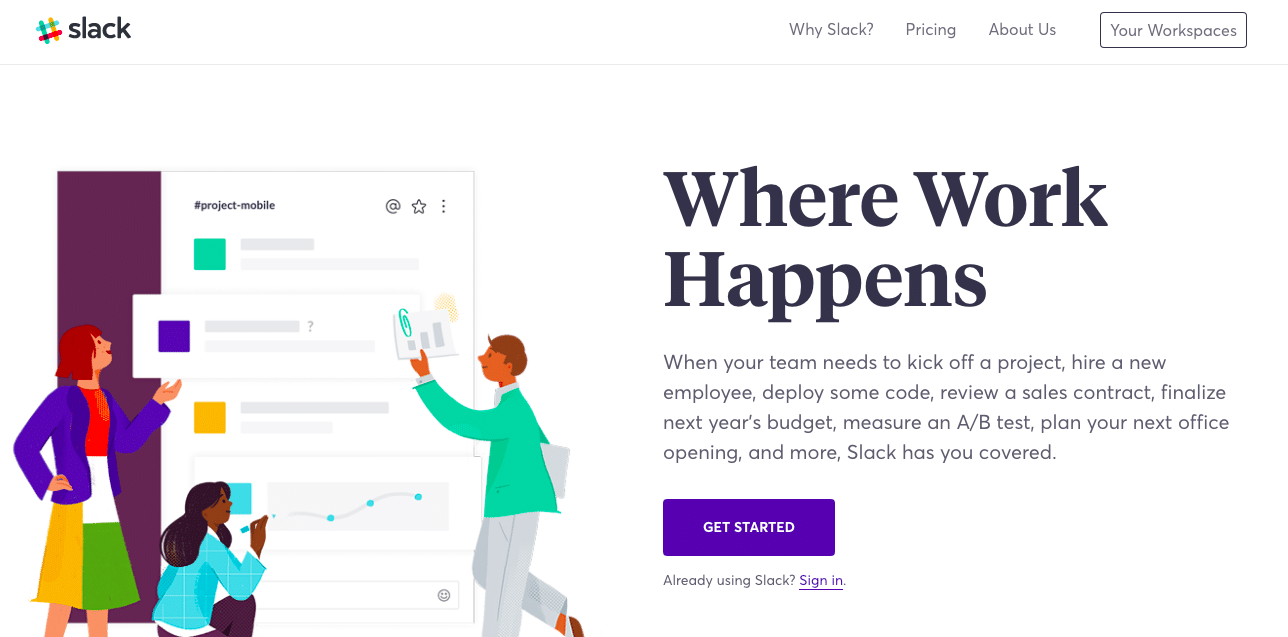
6. Be true to yourself and your audience.
Remember when BIC decided it was a good idea to market a pen made specifically for women? It didn’t go so well for them. As Scott Cowley, an Arizona State Digital Marketing Strategy Instructor explained:
“BIC did not attempt to create a meaningful brand proposition beyond ‘this product is for those with XX chromosomes,’’ and the results were ugly. If you attempt to create a product or service where the loudest selling proposition is ‘this is for millennials,’ the market has every right to punish you.”
Remember: when it comes to marketing to millennials, don’t focus on the tangible. Instead, focus on the experience of what it’s like to use your product or service. They want to understand the value you’re going to add to their life.
7. Visualize the story.
That said, millennials would much rather watch than read. With shorter attention spans and busy lives, visual content is much easier for them to digest than a lengthy page describing how your service works.
- Tell your company’s story with visuals
- Avoid stock photos as much as possible.
- Use real photos that reflect who you are as a company and what you do.
- Play around with other content that fits your brand’s personality. For example, memes, GIFs, and infographics.
- Ensure that every visual element is high quality.
Don’t forget about the design of the site too. Images and videos are great, but your site needs to consistently tell a story, from the colors you choose to the fonts you use.
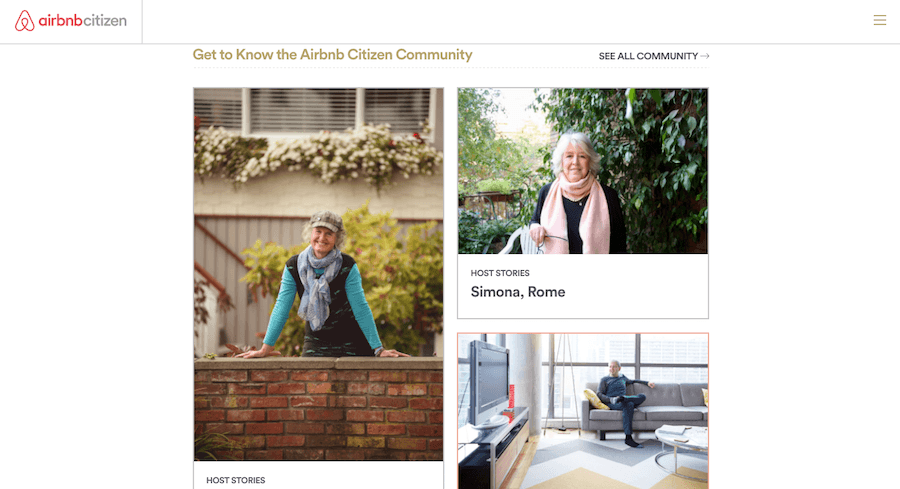
8. Be transparent.
Millennials are a hard group to crack, when it comes to loyalty. However, marketers have found that user-generated content (UGC) is one way to get around this hiccup, as they tend to trust their peers more. So a thumbs-up vote from others will go a long way in helping you instill trust and build loyalty.
There are some ways you can use UGC on your site:
- Enable reviews and ratings for your products or services.
- Include customer testimonials.
- Add photos and videos from customers that showcase how your products look, feel, or can be used.
For example, Wanted Shoes was able to use UGC to give their site a 30% boost in conversions.
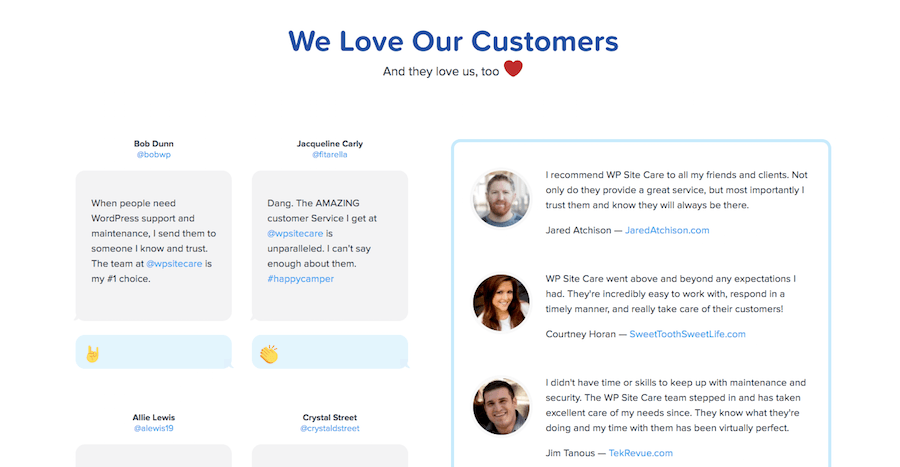
9. Simplify site navigation.
Millennials are always in a rush to get things done, even if they have nowhere to go. It’s that need for instant gratification that comes with being raised around technology and automation. Naturally, they’re going to expect it from your marketing site.
A good place to start is with your navigation. Keep your menus simplified and in easy-to-find locations (like a hamburger menu). Use clear directional cues elsewhere on your site to draw their attention directly to where they need to go.
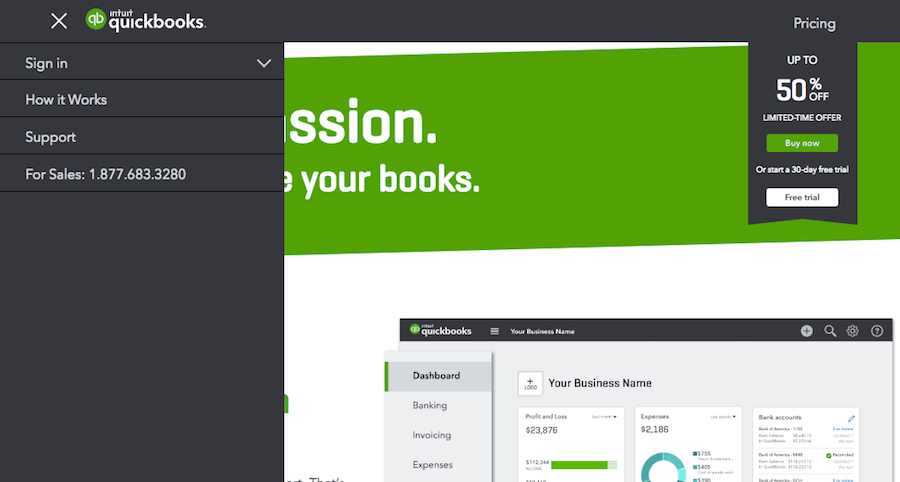
10. Simplify conversion points.
On the other end of the spectrum, you’ll want to simplify conversion points (like checkout, for example). Speed is a necessity for millennials, so shorter forms, one-click purchases, auto-fill functionality, and secure and fast payment gateways are essential.
11. Integrate with social.
This one shouldn’t come as a surprise, as millennials are synonymous with social media. Whether you’re sending users to a landing page or an app, don’t forget to include:
- Social media “follow” icons
- Like, share, and count buttons
- Social feed widgets
- Click-to-Tweet text highlights
- One-click sign-in (for customer portals, checkout, etc.)
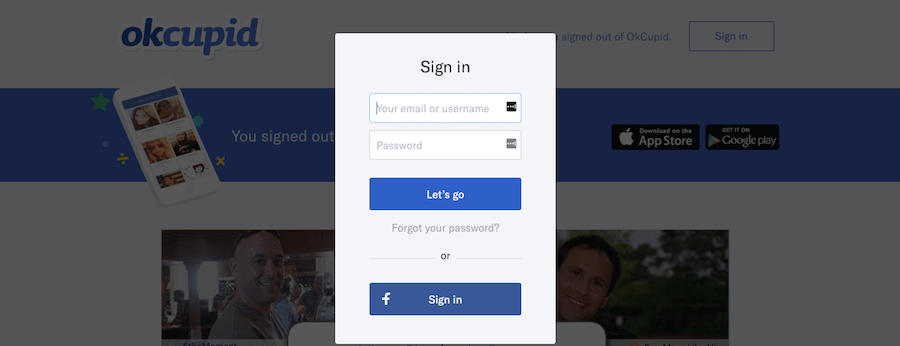
12. Create a seamless experience.
Use conversions as the connecting link between all contact channels. This means that, if someone purchases a product on your site, they’re then added to your newsletter as well as your CRM contact list. They’ll also see a pop-up that invites them to share their purchase on social media, inspiring others to get the same thing. And then you can even send them an SMS when their product ships.
Millennials are everywhere, and their interactions with you should help you meet them wherever else they may be.
13. Add self-support options.
Millennials may want you to be everywhere, but that doesn’t necessarily mean they want you hassling them any chance you get. In fact, many of them appreciate the opportunity to take care of matters on their own, when it comes to support.
By now, you likely know the most common questions and issues that arise, so you can use that information to create a self-support system within your millennial marketing strategy that includes:
- An FAQ
- Knowledgebase
- Video tutorials
- Troubleshooting blog posts.
Where older customers might be accustomed to getting on the phone with an operator to solve a problem quickly, tech-savvy millennials can do things for themselves. With this option, users can answer their questions quickly, which could lead them to a conversion point faster.
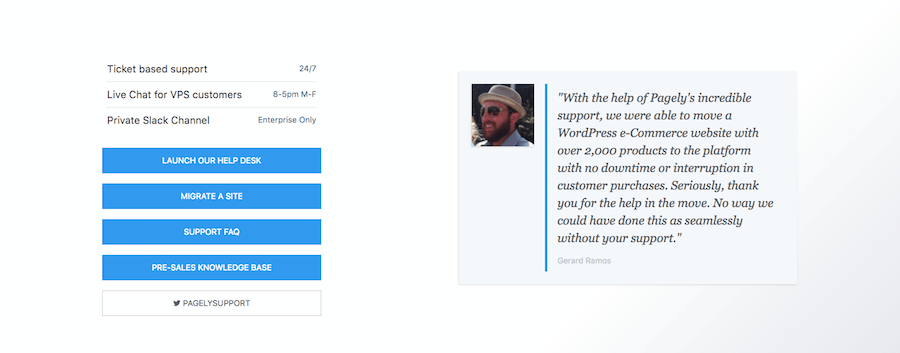
14. Give them a platform for connection.
When millennials are ready to talk to you, make sure you give them options to do so (contact forms, surveys, live chat, Facebook messenger, social media customer service, etc.).
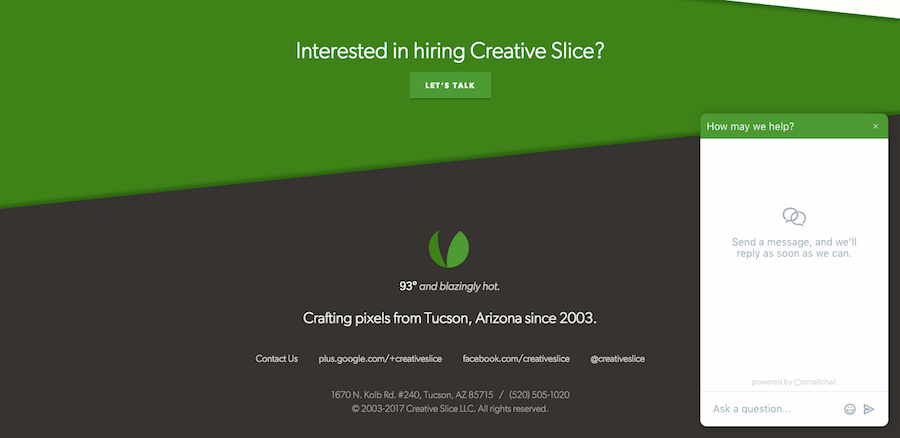
15. Personalize.
Thanks to big data and all the cloud-based software that streamlines the process of managing and analyzing it, we now can personalize visitors’ on-site experiences. Colin Newcomer recently wrote about various ways you can do this, including suggestions for these tools:
- Bunting – skews towards e-commerce personalization.
- Optimizely – split testing and web personalization wrapped into one.
- Unbounce – personalized landing pages, but you need to use the Unbounce platform.
- Monetate – like Hyver, targets the full customer journey, but specifically for e-commerce sites.
16. Use incentives.
Millennials are very open about how much they love a good deal and how much those money-saving offers play into their decision to convert, so why not take advantage of that information when marketing to them? You can use a variety of tools on site, through email marketing, and on social media to get those special offers and loyalty rewards out to them
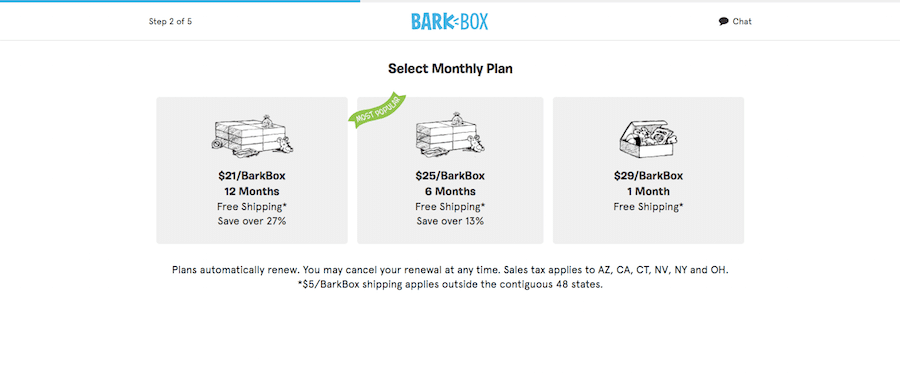
17. Do good.
If your company is involved in the community and in giving back, don’t be shy about sharing it. Forbes reported that most millennials have a very high opinion of companies with a strong philanthropic spirit.
18. Maintain a blog.
A blog is an important part of your millennial marketing strategy because it’s a great way to show off who the people are behind your company. It’s also an opportunity to demonstrate that you’re focused on delivering real value to your customers and that it’s not just about the bottom line.
Many millennials rely primarily on blogs to help them make a purchasing decision, which means this is something your site can’t afford to be without.
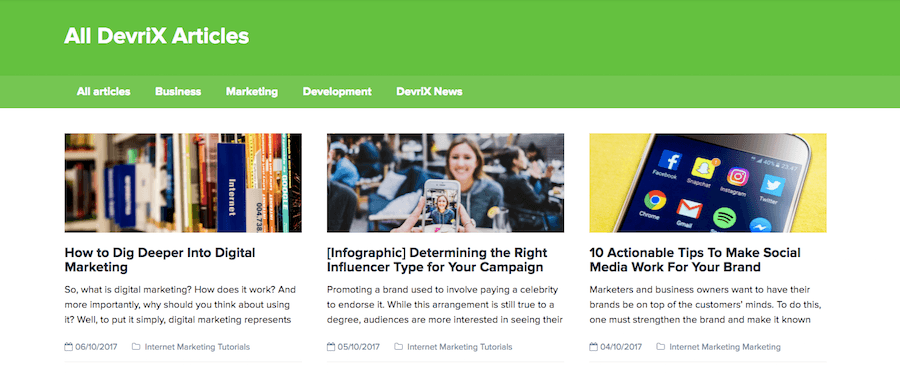
19. Test your site’s performance.
Even if your visitors don’t understand how everything works behind the scenes, they have websites like Facebook and Amazon telling them that it’s possible to process high volumes of traffic and still provide a fast and flawless experience to visitors.
What’s more is that Facebook penalizes you for slow load times. That means, if your site is slow, fewer people will see your content in their Facebook news feed, which could kill your social marketing efforts.
With a bar set that high, you’ll have to do everything you can to provide a high-quality performance as well.
So, rather than set it and forget it, make sure to regularly test your site for:
- Speed
- Stress
- Alternative scenarios
- Broken links
- Security
Don’t worry if this sounds overwhelming and something you aren’t equipped to do on your own, that’s why companies like the one I work for exist.
Bonus: Market to Gen Z.
Millennials are an important part of your outbound marketing strategy. You need to know what kinds of experiences millennials prefer, what percent of millennials will be interested in what you have to offer, and how to present it to them. All of this requires time spent doing marketing to millennials research.
However, while creating an awesome outbound marketing plan, don’t want forget another important part of the population: Generation Z.
Gen Z consists of anyone born between 1995 and 2010. This portion of our population is steadily growing, and, now that many of them have reached adulthood, their buying power has significantly increased as well.
A segment of your email marketing campaign should be aimed at each generation, including Gen Z. Like millennials, Generation Z spends a lot of its time online, whether they’re checking emails or engaging with friends and brands on social media.
How can you take advantage of their time spent online and market to Generation Z? Here are a few tips that can help.
1. Add more video into your content strategy.
Video is the future of content marketing. It hasn’t surpassed written content yet, but it’s a definite close second.
Are you taking advantage of video marketing? Many businesses plan on adding this type of content marketing into their strategy this year, and for good reason.
Both millennials and Gen Z often prefer video content because it delivers information to them quickly. They can take in more information in a smaller amount of time.
How can you add video to your marketing strategy?
- Add videos to your email marketing campaigns.
- Incorporate Instagram Stories and Facebook Live videos into your marketing plan.
- Create a YouTube channel and share video updates with your social media followers and email subscribers.
2. Grab their attention fast with creative subject lines.
Generation Z checks their email multiple times throughout the day. They’re always up to date with all things social media, as well as what’s in their email inbox.
This is great for email marketers. However, there’s one thing you must watch out for: Gen Z has a very short attention span. You only have a few seconds to make a good first impression.
How can you do this? Spend extra time on your email subject lines—perfecting them so that they grab your readers’ attention right away.
3. Try incentives.
Marketing to Gen Z is like marketing to millennials, in some ways—one of which is that neither generation likes the hard sell. It’s an instant turn-off for them. Any email that sounds like you’re trying to sell them something will end up deleted, and, even worse, it could cause them to unsubscribe completely.
As with millennials, Gen Z like incentives. Improve customer engagement with loyalty programs, promotions, and other incentives that’ll provide your subscribers with a feel-good experience. Doing so will put you into the category of brands that provide something of real value to them.
Wrap up
While some of these suggestions are quick fixes, others might take a bit more time and effort. Get started where your team has the capacity, and make decisions on how to keep moving forward based on what seems to be working best for your brand.
Millennials keep marketers on our toes when it comes to design, messaging, content management, and engagement. In essence, marketing to millennials makes us work harder and be smarter. They are, in a way, the perfect audience because they allow us to continue growing and learning as marketers.





